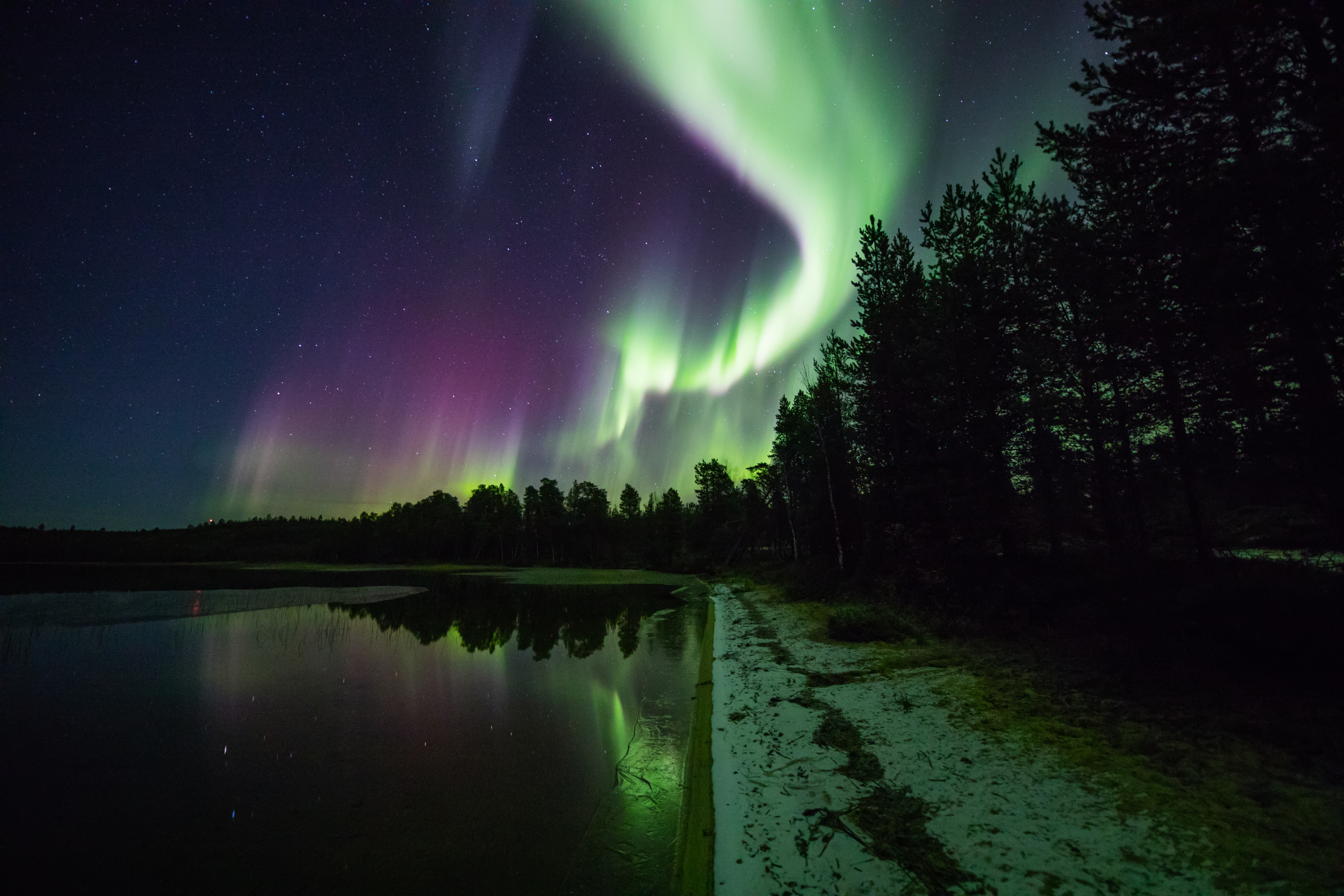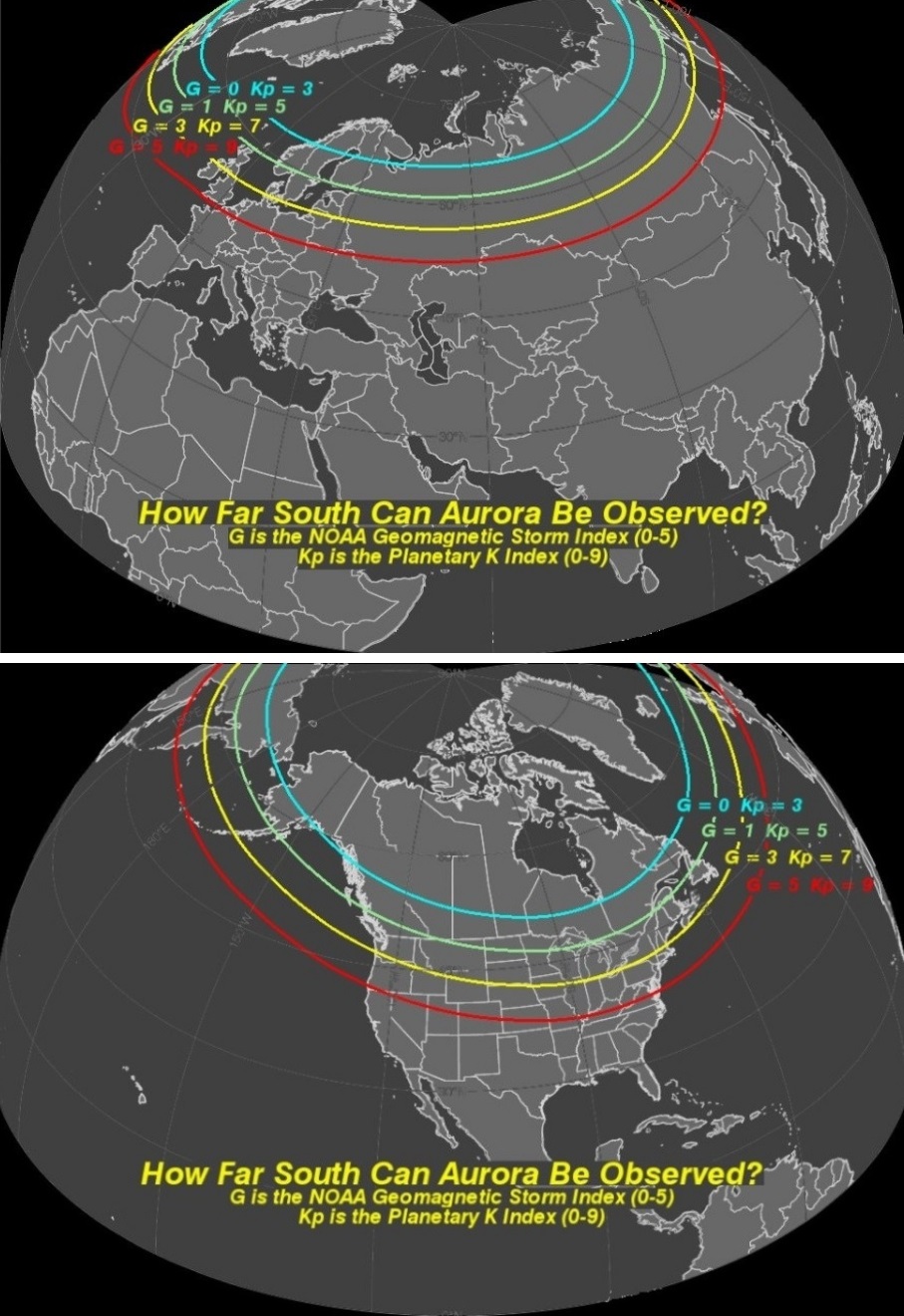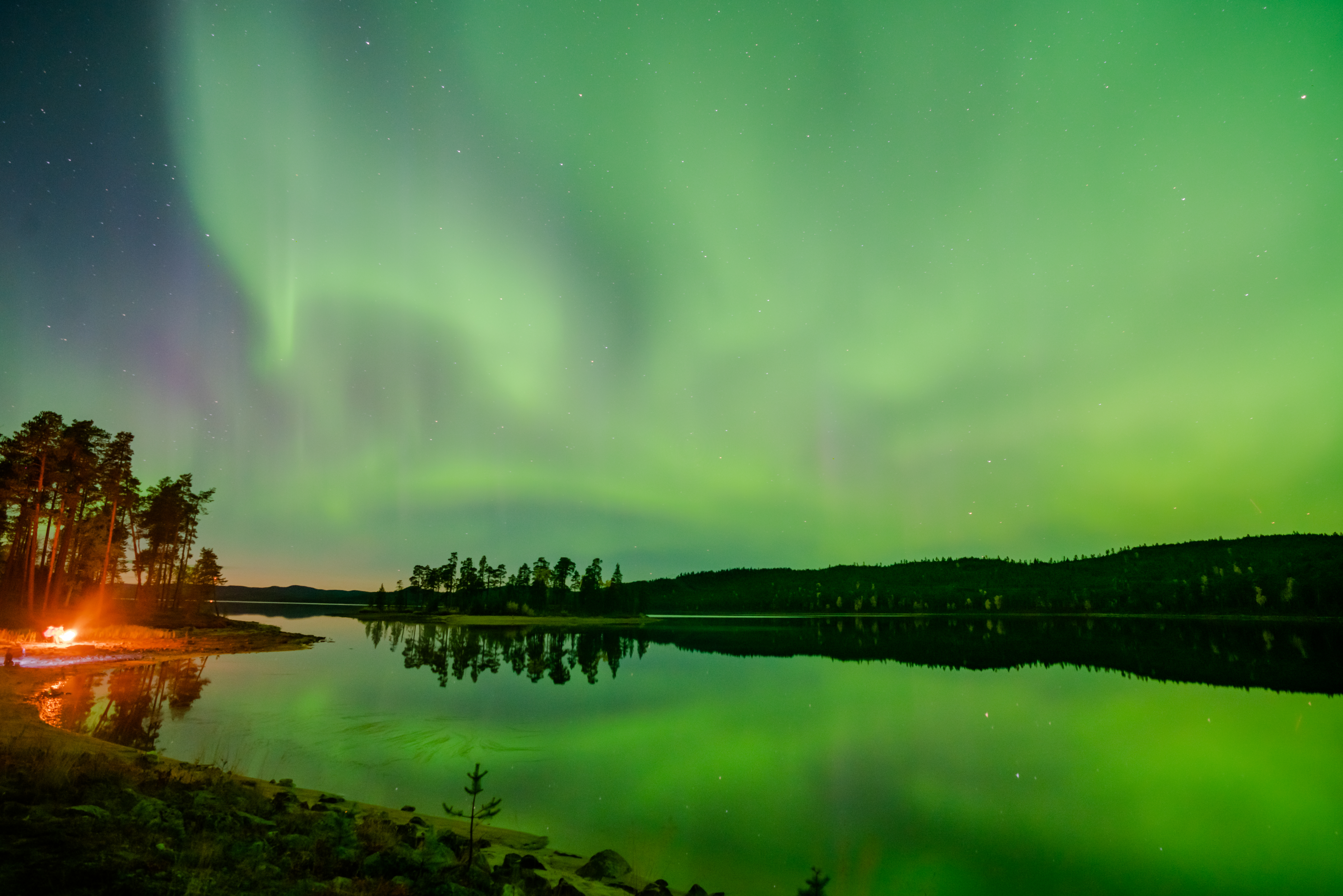The Kp-Index – derived from the German “Planetarische Kennziffer meaning “Planetary Index” – is a measure of geomagnetic activity in the Earth’s atmosphere. Geomagnetic activity is the origin of the Aurora Borealis in our night skies, and the Kp-Index is a merger of all the physics happening above our heads into one measurement scale that is also used for forecasting geomagnetic storms.
The Kp-Index uses a scale from 0 to 9 where Kp0 represens little to no activity to Kp9, which represents a hugely significant geomagnetic storm potentially visible globally. The Kp level normally sits between 0-2, to reach anything above Kp5 – where it would be visible in southern UK – the Sun would have had to release a coronal mass ejection. As you can imagine, this doesn’t happen every day, and this is why many people travel to northern Scandinavia to places like Finland, to chase the Aurora.

As mentioned previously the Kp-Index ranges from 0 to 9 representing geomagnetic activity on an increasing scale. When it reaches Kp5, activity is said to have reached storm level and is also measured using the Geomagnetic G-scale from G1 (minor) to G5 (Extreme).
| Kp-Scale | G-Scale | Frequency | Auroral Activity |
| 0 | N/A | Quiet | |
| 1 | A range between Kp1 to Kp3
is most frequently observed |
Quiet | |
| 2 | Quiet | ||
| 3 | Unsettled | ||
| 4 | Active | ||
| 5 | 1 | 900 days per solar cycle* | Minor Storm |
| 6 | 2 | 360 days per solar cycle* | Moderate Storm |
| 7 | 3 | 130 days per solar cycle* | Strong Storm |
| 8 | 4 | 60 days per solar cycle* | Severe Storm |
| 9 | 5 | 4 days per solar cycle* | Extreme Storm |
(source SWPC/NOAA)
*1 solar cycle = 11 years
The Kp-Index provides a valuable estimate of where the Northern Lights might be visible. It’s not an exact science, as many other factors come into play but roughly speaking, the Kp forecast provides a reasonable indication as to where the Aurora Borealis might be visible from.
This is, of course, dependent on you being somewhere dark with unobstructed views of the northern sky. However, assuming that conditions are in your favour, here’s how the Kp-Index translates itself geographically.
The most frequent Kp levels are between Kp0 and Kp3, which means that the Aurora Borealis appears in those areas more frequently than anywhere else.
For the Northern Lights to be visible further south, much higher geomagnetic activity is required, and this occurs far less frequently. This is why all of our holidays are situated at 66°N and above (i.e. higher latitudes) in Northern Europe.
For residents of the UK and Europe, a rough rule of thumb might be:
Kp5 = Northern Scotland / Southern Scandinavia
Kp7 = Northern England / Northern Germany
Kp9 = Southern England / Central France
In North America, because the Auroral Oval is centred around magnetic rather than polar north, the Aurora Borealis can be seen at lower latitudes. Assuming that you were outside the city on a clear night and with unobstructed views to the north, then, roughly speaking:
Kp5 = Seattle / Toronto
Kp7 = Denver / Nashville
Kp9 = Texas and Northern Mexico
It is important, however, to remember that the Northern Lights appear most frequently at high latitudes.
This is because Kp1, Kp2, and, to a lesser extent, Kp3 are by far the most common levels of geomagnetic activity. This restricts regular Auroral displays to an area around, and just above, the Arctic Circle. Essentially, that is where you have the very best chance of seeing the Northern Lights.


Of course, this still begs the question that is asked the most often: Where is the best place to see the Northern Lights?
There is no one place where the lights appear most frequently. If geomagnetic activity is occurring overhead, then it doesn’t matter if you are in Sweden, Iceland, Norway or Finland.
As long as you are somewhere in that Auroral band, you are giving yourself the best possible chance of seeing some spectacular Northern Lights displays.
Statistically speaking, to give yourself the greatest chance of enjoying the magic, you have to be where the lights appear most frequently. Essentially, this means being somewhere in the area covered by Kp1 and Kp2. This area is in Northern Scandinavia and this is precisely the reason why all of our holidays are within this reason, because there is a better probability of seeing the northern lights in this region.
We would also add an extra caveat to that, it is not enough to simply base yourself in a northern city like Tromsø or Reykjavik, as Aurora hunting requires much more. You need to escape the light pollution of large towns, cities and ski resorts because the glare caused by human population will dull or even obscure the Northern Lights.
Watching shimmering lights as they dance across a coal-black Arctic sky is an experience bordering on the mystical.
Click here to view our Northern Lights holidays